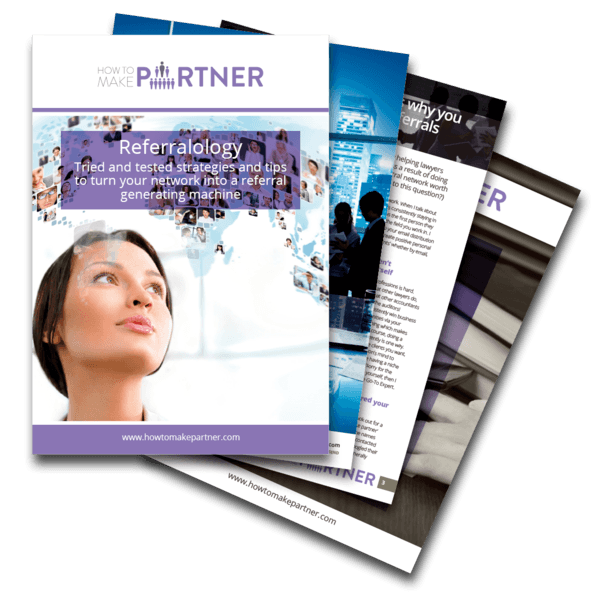 If you take a look at my diverse skills set, it’s very difficult at first glance to make sense of it – let alone seem credible for what I do. How does someone with an engineering degree, end up being an executive coach, organisational development consultant, award-winning writer, mother of two young children, business networking and social media expert. That’s me! In fact if you took this bag of skills, you would struggle to make me seem credible to any potential client or introducer. I’m sure I am not alone in this problem. Anyone who has changed their specialism over time, entered the professions late or changed firms a few times will have this dilemma. However, this is where the power of your story comes in. When you start to tell your story it helps you communicate the value of what you bring to potential clients. It also helps you be more memorable when you meet people networking. My real talent is helping people become the go-to-expert. If you then connect the dots you can see how (well apart from the engineering degree) my diverse skill set adds up to this talent. For example, I literally ‘fell’ into social media because this was a great way of being able to network and meet people – particularly when getting out to networking events was impractical with two young children and a role which took me away for days at a time. How do you go about telling your story so that you are never forgettable? 1) Look back over your past. What experiences have helped to make you more marketable to potential clients? These are the ones to highlight to others. I always include being asked to write ‘The FT Guide to business networking’ as part of my story as it makes me more credible in what I do. 2) What experiences make you slightly unusual? For example, I now include my engineering degree in my story. Partly because people then want to know how an Engineer became an award-winning writer. (It also helps me explain the odd grammatical error or two…) 3) If you could add up all your skills and experiences, what one sentence describes the value you truly bring to your clients. For me this is ‘helping professionals and firms become the go-to-expert’. This is my personal brand and makes sense of how a referral marketing expert writes a book called ‘The FT Guide to Business Networking’ AND ‘how to make partner and still have a life’. Now, look at where you communicate your story. For example,
If you take a look at my diverse skills set, it’s very difficult at first glance to make sense of it – let alone seem credible for what I do. How does someone with an engineering degree, end up being an executive coach, organisational development consultant, award-winning writer, mother of two young children, business networking and social media expert. That’s me! In fact if you took this bag of skills, you would struggle to make me seem credible to any potential client or introducer. I’m sure I am not alone in this problem. Anyone who has changed their specialism over time, entered the professions late or changed firms a few times will have this dilemma. However, this is where the power of your story comes in. When you start to tell your story it helps you communicate the value of what you bring to potential clients. It also helps you be more memorable when you meet people networking. My real talent is helping people become the go-to-expert. If you then connect the dots you can see how (well apart from the engineering degree) my diverse skill set adds up to this talent. For example, I literally ‘fell’ into social media because this was a great way of being able to network and meet people – particularly when getting out to networking events was impractical with two young children and a role which took me away for days at a time. How do you go about telling your story so that you are never forgettable? 1) Look back over your past. What experiences have helped to make you more marketable to potential clients? These are the ones to highlight to others. I always include being asked to write ‘The FT Guide to business networking’ as part of my story as it makes me more credible in what I do. 2) What experiences make you slightly unusual? For example, I now include my engineering degree in my story. Partly because people then want to know how an Engineer became an award-winning writer. (It also helps me explain the odd grammatical error or two…) 3) If you could add up all your skills and experiences, what one sentence describes the value you truly bring to your clients. For me this is ‘helping professionals and firms become the go-to-expert’. This is my personal brand and makes sense of how a referral marketing expert writes a book called ‘The FT Guide to Business Networking’ AND ‘how to make partner and still have a life’. Now, look at where you communicate your story. For example,
- your LinkedIn profile
- your 60 seconds at networking events
- your answer to ‘what’s your story’ or ‘shall I tell you a little about myself?’
- your tweets and twitter bio
- your professional bio – both the long and short version
Are you getting the credible parts of your story across? More importantly are you leaving enough relationship and conversation starting hooks in your story? Does your story make you sound like potential partner material? What’s the important parts of your story?







